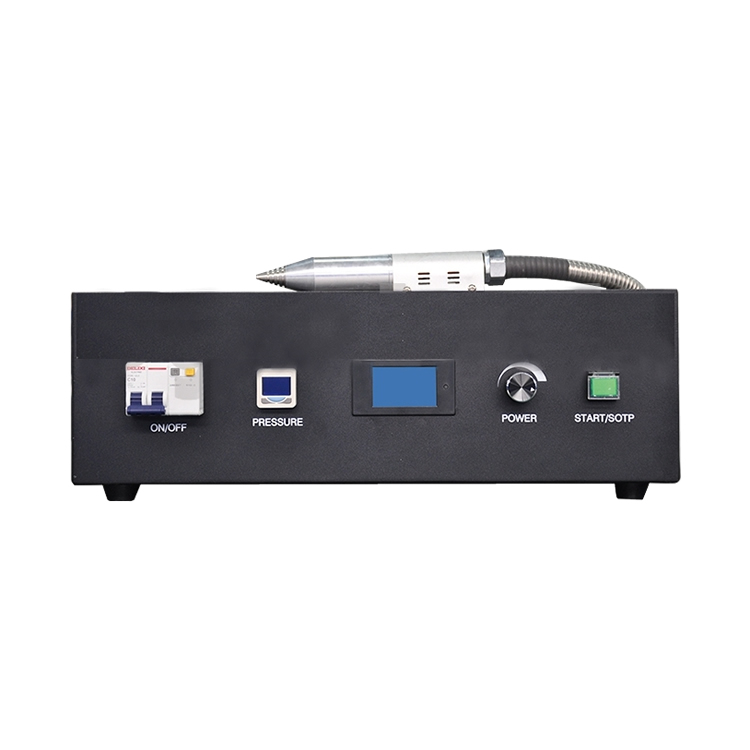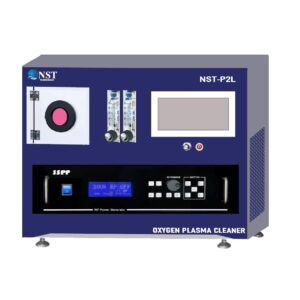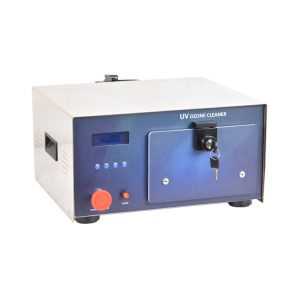NST-Ultra-low temperature atmospheric plasma cleaner
Ultra-low temperature atmospheric plasma cleaner utilizes the characteristics of plasma to clean, revitalite and activate the surface of solid materials that need to be treated, and the atmospheric plasma cleaner improves the surface adhesion, thereby achieving the purpose of changing the surface microstructure, chemical properties and energy.
₹1.00
CompareTECHNICAL PARAMETER
Plasma – the fourth state of the material that is not mysterious!
There are solid, liquid, and gaseous substances that we are very familiar with in nature. By continuously providing energy to the substance, the temperature of the substance will rise, and the state of the substance will also be from “solid state→liquid state”, “liquid state→gaseous state”, “gaseous state→plasma state”.
The substance is made up of atoms, which consist of a positively charged nucleus and a negatively charged electron that surrounds the nucleus. When the energy is continuously supplied and heated to a sufficiently high temperature, the outer electrons are detached from the nucleus and become free electrons. This process is called “ionization”; and the substance becomes a positively charged nucleus and a negatively charged electron. Of course, there are also active groups, excited states of nuclides (meta-stable), photons, etc., which are a uniform “paste”, so the plasma is also called plasma. In plasma, the total amount of positive and negative charges is equal, so the overall is electrically neutral, called plasma.
Plasma is a state of high energy instability. Utilizing this high energy and unstable state, plasma has a variety of applications.
Ultra-low temperature atmospheric plasma cleaner principle:
1. Etching on the surface of the material – physical effect
A large number of active particles in the plasma, such as a large number of ions, excited molecules, and free radicals, act on the surface of the solid sample, which not only removes the original contaminants and impurities, but also produces an etching effect to roughen the surface of the sample and form many fine pits, which increases the specific surface of the sample,improves the wetting properties of solid surfaces.
2. activation bond energy, cross-linking
The energy of the particles in the plasma is between 0 and 20 eV, and most of the bond energy in the polymer are between 0 and 10 eV. Therefore, after the plasma acts on the solid surface, the original chemical bond on the solid surface can be broken. Free radicals in the plasma form a network of crosslinked structures with these bonds, greatly activating surface activity.
3. Formation of new functional groups – chemical action
If a reactive gas is introduced into the electric discharge gas, a complicated chemical reaction occurs on the surface of the activated material, and new functional groups such as hydrocarbonyl, amidogen, carboxyl group, and the like are introduced, and these functional groups are all active groups, which can significantly improve the surface activity of the material.
Ultra-low temperature atmospheric plasma cleaner structure:
Plasma cleaner is mainly composed of two parts:
First, the plasma generator is composed of integrated circuit, operation control, plasma generating power source, gas source processing, and safety protection.
Second, the plasma processing apparatus is composed of an excitation electrode, an excitation gas path, and the like.
Ultra-low temperature atmospheric plasma cleaner technical advantages:
1. German circuit technology:
It adopts German high-voltage excitation power circuit technology to generate high-density plasma and ensure superior cleaning results.
2.Comprehensive security protection:
Over temperature, overload, abnormal air pressure, short circuit, wrong operation, and other comprehensive alarm protection.
3.Patented discharge technology:
Special treatment and special structure of the discharge device, leading atmospheric glow discharge technology.
4.Great processing width:
Solve the problem of large-width sample cleaning, up to 2000mm processing width, to meet different process requirements.
5.Quality product parts:
All parts are made of top quality parts at home and abroad, and the operation is stable and longer.
6.Low temperature cleaning:
Meet the temperature requirements of different occasions, and not affect the temperature of the cleaning products.
7.Environmental protection is simple:
Extremely low operating costs, simple operation, no chemical pollutant emissions in the process, in line with environmental regulations.






There are no reviews yet.